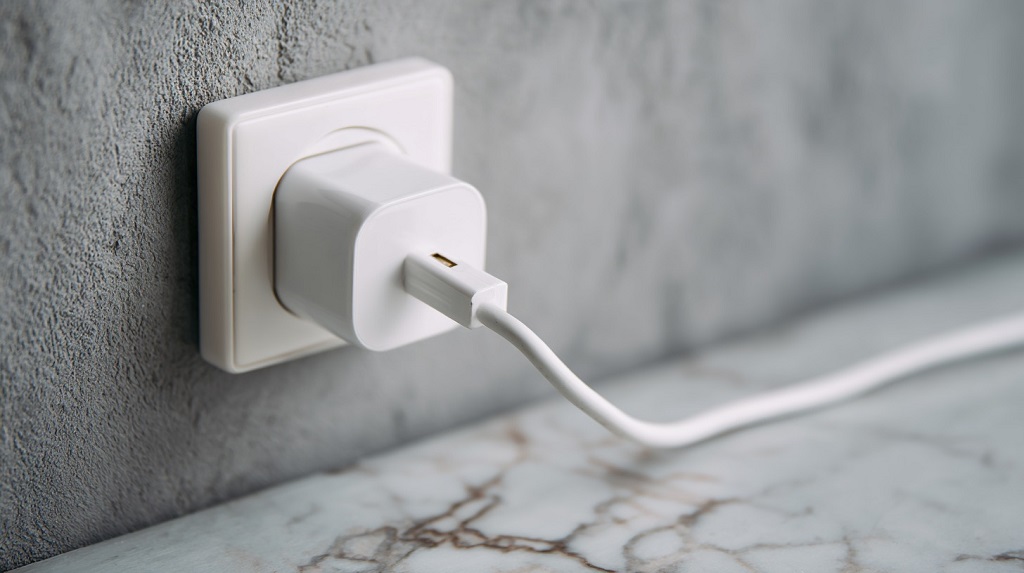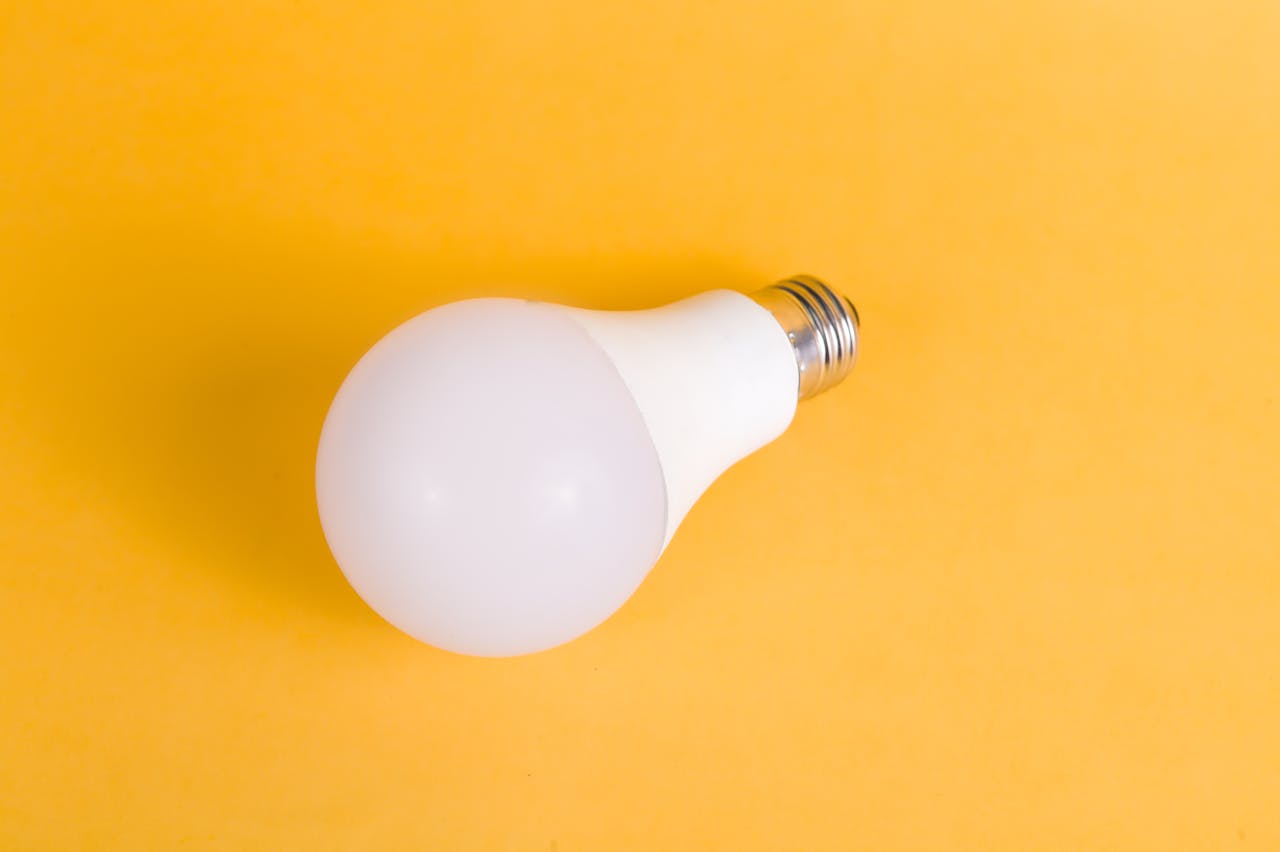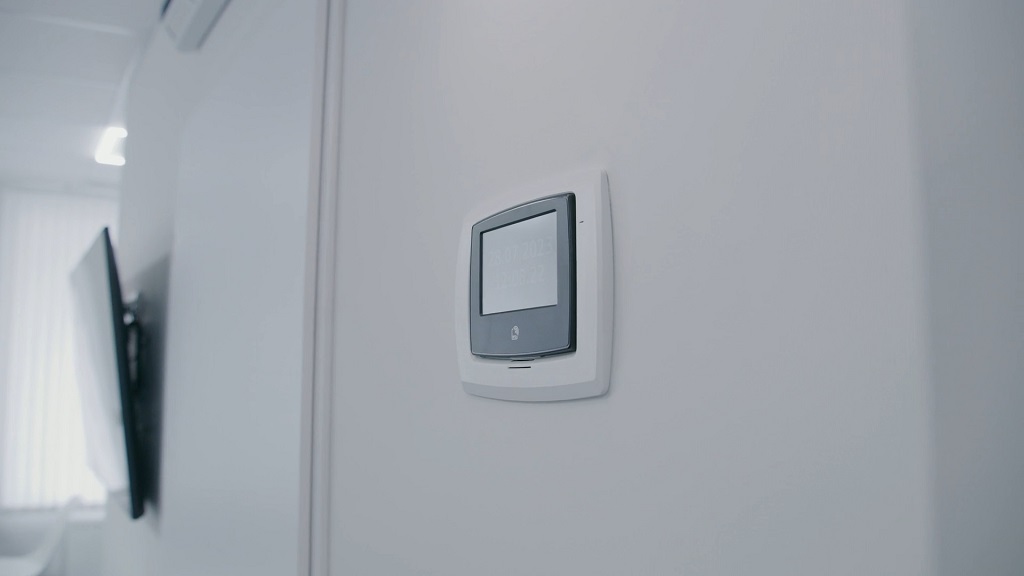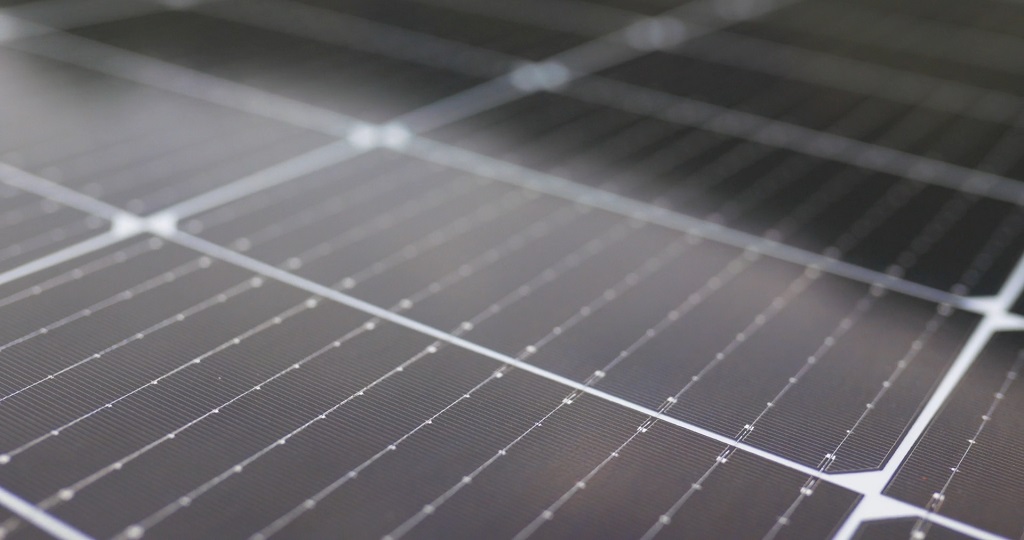Electricity prices continue to rise across the globe, impacting household budgets more than ever.
Cutting back on energy use doesn’t have to mean sacrificing comfort or convenience.
In fact, it’s possible to slash your home energy bill by as much as 50% using simple, affordable techniques.
The goal is clear: reduce energy waste, keep your home comfortable, and save a significant amount of money through practical steps that anyone can implement.
No-Cost Habits That Save Big

Daily behavior at home often causes the most energy waste.
Developing consistent, efficient habits doesn’t require money, just attention to small decisions made throughout the day.
No special tools or professional services needed. Just smarter choices that quickly add up.
Start by unplugging electronics and chargers that aren’t actively in use.
Even when turned off, many devices still draw electricity through standby power, also known as phantom load. Smart power strips help eliminate this problem by cutting the supply automatically when not in use.
Key culprits of phantom load:
- Coffee makers with clocks or lights
- Gaming consoles left in rest mode
- Phone chargers plugged in without a device
- DVD players, cable boxes, and printers
Thermostat adjustments deliver a major payoff. Slight shifts, just a couple of degrees, can have a measurable impact without any sacrifice in comfort. Lower the temperature during winter nights and raise it during summer days.
Programmable or smart thermostats handle the task on schedule without requiring constant input.
Thermostat efficiency tips:
- Set it to 68°F in winter while home, 60°F while sleeping or away
- Raise to 78°F in summer while home, 85°F when away
- Avoid frequent manual changes to prevent energy spikes
@accuweather What do you set your thermostat to in the summertime? Experts say the ideal temperature for comfort and cost savings is 78 degrees. #heat #summer #summertime #airconditioning #warmweather #trending #accuweather ♬ original sound – AccuWeather
Water heating remains one of the most expensive home energy uses. Shorter showers and cold-water laundry cycles cost nothing but save a lot. Aim for 5-minute showers, and skip the hot cycle on your washing machine unless necessary.
Once results become visible in monthly bills, motivation grows even stronger. If planning further improvements or solar upgrades, remember to compare building warranty providers to ensure that any changes made will be protected long term.
Low-Cost DIY Improvements

Small financial investments often lead to long-term savings, especially when applied to easy, weekend-ready projects. With minimal tools and basic skills, homeowners can improve efficiency across several areas without needing professional help.
One of the most straightforward upgrades is switching outdated incandescent or CFL bulbs to LED alternatives. LEDs consume 75–90% less energy while lasting much longer.
Benefits of switching to LED bulbs:
- Lower wattage requirements for the same brightness
- Lifespan often exceeding 10 years
- Reduced heat output, which also helps in summer
Drafts in windows and doors leak conditioned air, forcing heating and cooling systems to work harder.
Applying weatherstripping to doors and windows, sealing cracks with caulk, and adding door sweeps can eliminate these leaks quickly.
Weatherproofing essentials:
- Rubber or foam weatherstrips for windows and door frames
- Exterior-grade caulk for sealing gaps
- Door sweeps or draft stoppers for thresholds
Window treatments do more than just block light. Blackout curtains trap warm air inside during winter and block heat during summer.
For added insulation, plastic window film creates a thermal barrier over glass panes.
Smart window upgrades:
- Thermal blackout curtains for bedrooms and living areas
- Reflective film for south-facing windows
- Double-rod setups for improved insulation and aesthetics
Ceiling fans can either support or undermine your HVAC system depending on direction and use.
In summer, setting the fan to spin counterclockwise pushes air down and creates a cooling effect. In winter, switching to clockwise at a low speed helps circulate warm air trapped near the ceiling.
Smart Appliance & Technology Upgrades

Replacing outdated equipment and incorporating smarter controls takes energy savings to the next level.
Even a few strategic swaps or adjustments can generate noticeable improvements in both performance and efficiency.
Old appliances often consume more electricity than necessary. Upgrading to ENERGY STAR-certified models reduces energy use by up to 30% per unit. Focus on refrigerators, washers, dryers, and dishwashers that run frequently.
Top appliances to upgrade:
- Refrigerators older than 10 years
- Top-loading washers with agitators
- Dryers lacking moisture sensors
- Dishwashers without eco modes
Smart thermostats outperform manual and even programmable versions. They learn household patterns, adjust based on activity, and allow for remote control through apps.
Why smart thermostats matter:
- Automated temperature settings based on presence
- Real-time data on energy consumption
- Remote control from phone or tablet
Most electronics come with energy-saving features, but they’re rarely activated by default. TVs, gaming systems, and desktop computers often have sleep or eco modes that significantly lower power draw when idle.
Tips for optimizing electronics:
- Activate sleep mode after 10–15 minutes of inactivity
- Disable screensavers on computers
- Turn off gaming consoles fully instead of rest mode
Heating, Cooling & Insulation Efficiency
Heating and cooling account for nearly half of the average home’s energy bill.
Increasing efficiency in these systems, along with proper insulation, leads to substantial savings and a more comfortable living environment year-round.
Insulating attics, walls, and floors is one of the most effective ways to stabilize indoor temperatures. Insulation slows the movement of heat, keeping warm air inside during winter and outside during summer.
Many older homes are under-insulated, especially in attics and crawl spaces.
Insulation targets for energy savings:
- Attic: use fiberglass batts or blown-in cellulose
- Exterior walls: consider blown-in or foam injection if remodeling
- Basement or crawlspace: insulate floors or walls depending on access
Zoned heating offers more control over where energy is used. Rather than heating the entire house evenly, it allows focus on rooms that are actually occupied.
This can be accomplished using smart radiator valves, duct dampers, or space heaters with built-in thermostats.
Zone heating strategies:
- Shut vents in unused rooms
- Install programmable valves for radiators
- Use space heaters in small areas instead of central heat
Regular maintenance of HVAC systems ensures everything runs efficiently. Dirty filters, blocked vents, or leaky ducts force systems to work harder, wasting energy. A well-maintained unit lasts longer and performs better.
Go Solar (Even Without a Battery)

Solar energy is no longer reserved for off-grid dreamers or high-budget homeowners. Advancements in technology and growing availability of plug-and-play systems make it possible to harness solar power in small, practical ways.
Grid-tied solar systems like EcoFlow STREAM plug into standard home circuits and immediately reduce reliance on grid electricity. These setups don’t require batteries and can be installed without professional help.
Benefits of plug-and-play solar:
- Easy installation without electrical modifications
- Immediate power for appliances or electronics
- Reduces daytime energy draw from the utility
Electricity rates often fluctuate based on time of use. Many providers offer lower rates during off-peak hours – typically overnight and early morning. Shifting energy-heavy tasks like laundry or dishwashing to these windows can create measurable savings.
Off-peak energy use habits:
- Run dishwashers after 10 p.m.
- Set laundry machines to delay-start during early hours
- Charge electronics and electric vehicles overnight
Even without full solar adoption, reducing daytime energy demand supports long-term goals.
Homeowners planning larger upgrades should take time to compare building warranty providers, especially when considering solar panels or whole-home system changes.
The Bottom Line
Energy savings no longer require trade-offs in comfort.
With consistent habits, minor upgrades, and smarter technologies, it’s possible to cut home energy costs in half.
Every small step accumulates into substantial savings over time.
Focus on changes that are most feasible, and build a layered strategy that supports your home, budget, and sustainability goals.

